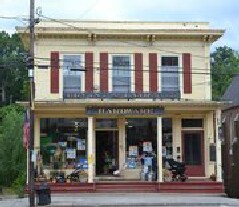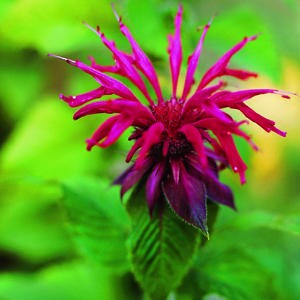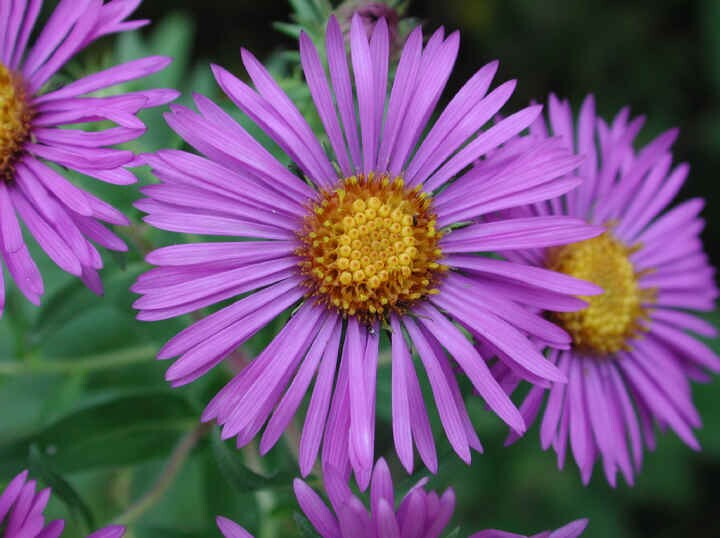A Special Place to Visit in Tilton
The town of Tilton has many special places –
natural, historic, architectural, and retail.
This Tilton Conservation
Newsletter offers a glimpse into one of those special places –

Bryant & Lawrence Hardware Store
Located at 270 Main Street in
Tilton, this family-owned business stands
ready to offer customers quality products and expert advice. The store is
crammed full of plumbing and electrical supplies, tools, lawn and garden
items, and paint, plus even more. Get your fishing license here. Pick up
canning supplies as needed. Find camping equipment. This store has it all.
Plus, you can't beat the friendly service and helpful advice.
 CSPA becomes SWQPA
CSPA becomes SWQPA

The Comprehensive Shoreland
Protection Act (CSPA), enacted in 1991, has a new name. It is
now the Shoreland Water Quality Protection Act or SWQPA. The
protected shoreland is still 250 feet from the reference line of
protected waterbodies. New construction or construction
that modifies the footprint of existing impervious surfaces will
still require a shoreland permit. However, the following
activities do NOT require
a permit:
1. trimming or
pruning branches for safety and for views
2. maintaining legal, existing altered
areas such as lawns
3. planting trees in altered areas more than 50 feet from the
reference line
4. planting non-invasive vegetation
5. hand-pulling invasive species
6. building a fence using hand tools
For more details, go to
http://www.des.nh.gov
Planting Native Species
(From USDA Natural Resources
Conservation Service)



Native plants are simply those plants that grew in New Hampshire before the arrival of European settlers.
It has taken more than 10,000 years since the end of the last ice age for our native plant communities to develop. For this reason alone native plants are as much a part of what makes New Hampshire unique as our mountains, lakes, rivers, and coastline. In addition, native plant communities provide vital habitat for New Hampshire’s wildlife.
Native plants have several advantages over introduced plants, including winter hardiness, pest resistance, and low maintenance needs.
Native plants are also non-invasive. They pose no threat to native plant communities if they escape cultivation. Introduced plants such as purple loosestrife can takeover wetlands and other native habitats.
Suggested native plants:
Dry sites -
Native lupine, bayberry, low-bush
blueberry, bracken fern
Moist sites - Red oak, hemlock,
Solomon's seal, bee balm, columbine, jewel weed
Wet sites - Cardinal flower, New England Aster, blue flag iris, winterberry
Streambanks - Willow, smooth alder, monkey flower, pussy willow